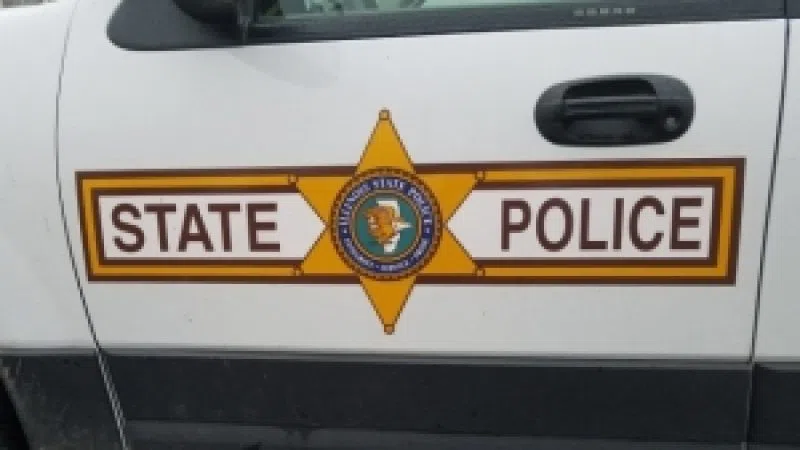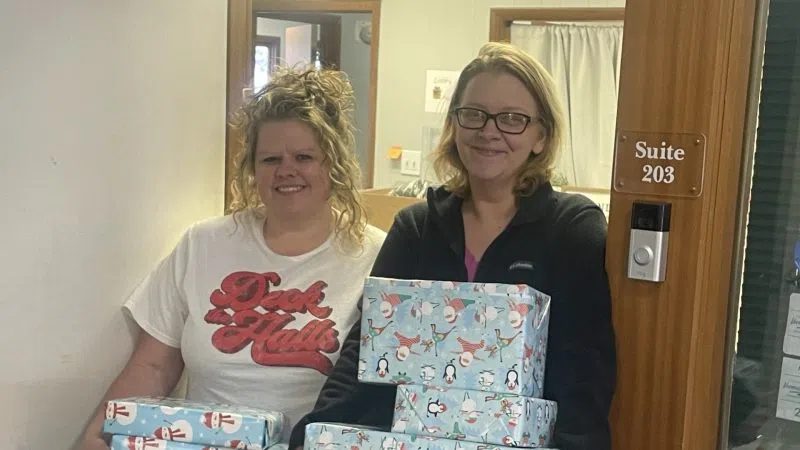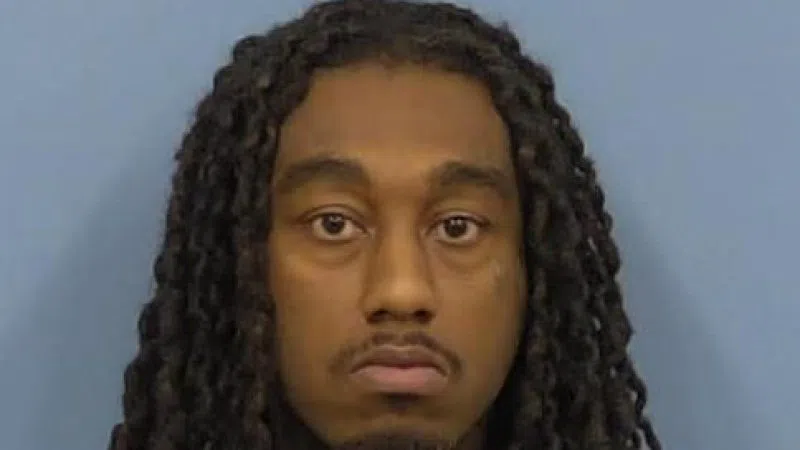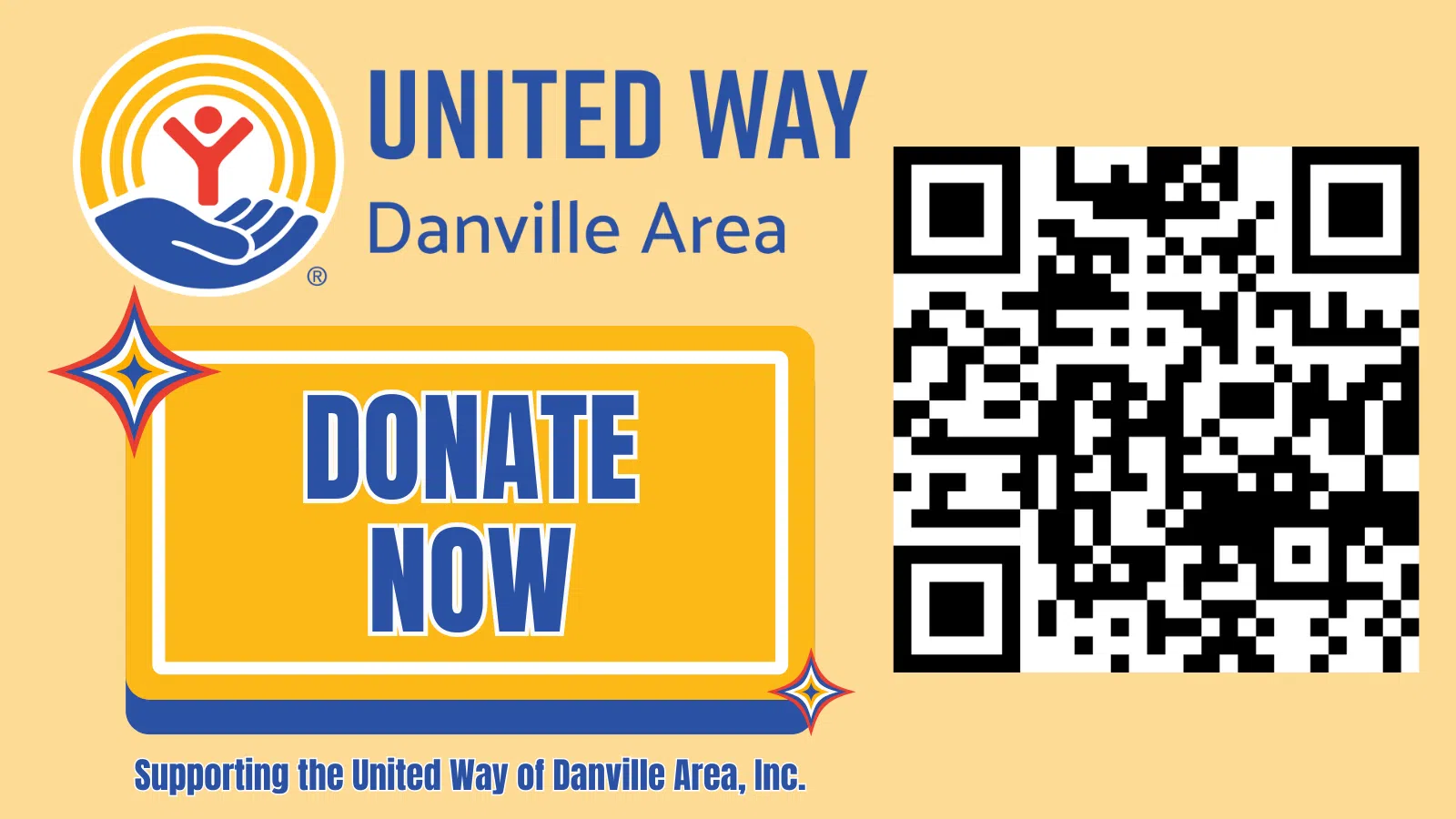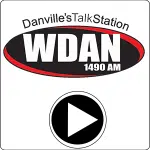It was 57 years ago Sunday (April 14th, 1963) that the Beatles and the Rolling Stones first met. The Beatles, who were new on the scene in London, had heard about the group through word of mouth, and were in the audience at the Stones' show in Richmond at the Crawdaddy Club at the Station Hotel. Shortly thereafter, George Harrison personally recommended that Decca Records — the same label that had passed on the Beatles — sign a deal with the still-unknown Stones.
In 1988 when Mick Jagger inducted the Beatles into the Rock and Roll Hall of Fame, he recalled first laying eyes on the group while on stage, remembering that, “We were playing a little club in Richmond and I saw right in front of me, there they were — THE FAB FOUR. The four-headed monster. They never went anywhere alone. And they had on the most beautiful long, black leather trench coats.” Jagger joked that, “I thought to myself, 'If I have to learn to write songs to get one of those, I will.'”
The two bands, which were pegged as being rivals in the rock press, were actually very close. John Lennon and Paul McCartney wrote the Stones' second single, “I Wanna Be Your Man” — which the Stones chose as their opening number last December at the kick-off of their 50 & Counting shows. Throughout the '60s, McCartney and Jagger coordinated their record release schedules and staggered their releases, so that they wouldn't have overlapping hits, which would force fans to pick one band over the other.
Keith Richards was an immediate fan and friend of The Beatles. He admits that following manager Andrew Loog Oldham‘s brief that the Stones become the opposite of the lovable “Mop Tops” was ingenious and important in separating the Stones from all the other British beat groups that followed in the Beatles wake: “There was no competition between the bands, per se, y’know — but in the greater world, the Beatles were the “Fab Four,” y’know? As I say, that’s wearing the ‘white hat.’ So the only other (laughs) place to go is to wear the ‘black hat’ (laughs), y’know? And at the same time, we were pretty natural, and I think all we really did was, we didn’t ‘showbiz’ ourselves up.”
Mick Jagger admitted that the Beatles' opened all the doors for the Stones by recreating the music business in the early-'60s: “They were both rivals and they were also, I mean, they were also showing the way, 'cause they were the first at this kind of. . . They were kind of trailblazers in a lot of ways, and they went to the United States first, y'know, they showed the way, they were big international stars — because in England, most people have never really been stars outside of England. You had your little patch and that was it. And the Beatles kind of showed you could be big internationally.”
Drummer Charlie Watts remembered that as big as the Rolling Stones got, they never penetrated the global psyche the way that the Beatles did: “The Beatles, the phenomena of them was something else. But I don't think, I don't think you could put the same sort of madness that they had going (on the Rolling Stones). I think there was at concerts where you'd turn up and play, but I mean generally where you had every joke on television was a Beatle joke, or something — or The Brady Bunch would say 'I'm going to a (Beatle concert).' Y'know, on that level.”
In 2005 when the Stones performed as the Super Bowl's halftime act the year after McCartney, he echoed Lennon's 1970 statement that the Stones did everything the Beatles did a year later: “It's not bitchy, but if you look at the career of the Beatles and the Stones, they always do stuff a year after we do. So we do Sgt. Pepper and about a year later they do Satanic Majesties, they do their psychedelic album. The Beatles come to America, about a year later the Stones do. So I like it. They're holding true to form.”
Over the decades, The Beatles and The Stones have enjoyed both a personal, and at times professional, relationship:
The Beatles' inner-circle on the mid-'60s “Swingin' London” club scene included Jagger, Keith Richards, Brian Jones and the Animals' Eric Burdon.
George Harrison was at Keith Richards' house just prior to Jagger and Richards' infamous 1967 drug bust.
Jagger and Richards attended several Beatles recording sessions, including the legendary orchestral overdub of the group's “A Day In The Life” track.
In 1967, the Stones' late co-founder Brian Jones played saxophone on the Beatles' “You Know My Name (Look Up The Number), which was eventually released in 1970 as the B-side to “Let It Be.”
Lennon and McCartney contributed backing vocals to the Stones' 1967 single “We Love You,” and Jagger returned the favor by attending the “All You Need Is Love” global satellite broadcast.
That summer, Jagger and his girlfriend Marianne Faithfull traveled with the Beatles to Bangor, Wales for a weekend lecture with the Maharishi Mahesh Yogi. It was there that the Beatles learned of the death of their manager, Brian Epstein. Around that time, the Beatles and the Stones tossed around the idea of starting their own joint record label.
John Lennon made his first-ever solo appearance at the Stones' December 1968 taping of their Rock And Roll Circus, performing “Yer Blues” with the makeshift band called the Plastic Mac, which included Keith Richards on bass, Eric Clapton on lead guitar, and the Jimi Hendrix Experience's Mitch Mitchell on drums. For a brief time in 1969, the two bands shared a manager, the American-born accountant Allen Klein.
In July 1969, Paul and Linda McCartney, who was once romantically linked to Jagger, attended the Stones' comeback gig at London's Hyde Park. It was at that show that the Stones premiered their new single “Honky Tonk Women,” which was rumored to be inspired in part by Linda, who according to legend was “the divorcee in New York City.”
In 1971, both McCartney and Ringo Starr — who were not on speaking terms — attended Mick and Bianca Jagger's wedding in St. Tropez.
Lennon and Jagger collaborated several times in the studio. In 1973 Jagger added guitar to Yoko Ono's Approximately Infinite Universe album, and in 1974 Lennon produced a version of Jagger singing “Too Many Cooks,” which has only recently been released.
In 1979 Ringo Starr and former Stones bassist Bill Wyman performed together on Jerry Lewis' Muscular Dystrophy Telethon.
In 1981, Stones guitarist Ron Wood co-wrote produced several tracks for Starr's Stop And Smell The Roses album. Keith Richards also took part in the sessions.
In 1986 McCartney performed onstage with Jagger and David Bowie, playing acoustic guitar during the Prince's Trust Concert, when the pair performed their hit remake of “Dancing In The Street.” Jagger, who was unhappy with his performance, wouldn't let his and Bowie's portion air in America.
Julian Lennon performed with Keith Richards in 1986 during the filming of Chuck Berry's 60th birthday concert film, Hail! Hail! Rock N' Roll. He later recorded a cover of the Stones 1967 hit, “Ruby Tuesday. His brother Sean Lennon was briefly romantically linked to Mick Jagger's daughter, Elizabeth Jagger.
In Keith Richards' 2010 autobiography, he revealed that he and McCartney had actually struck up a close friendship starting earlier in the decade.
In 2012 Paul McCartney — along with Rod Stewart — served as Ron Wood's best man at his wedding to Sally Humphreys.
On March 27th, 2013 Wood and McCartney joined McCartney's son James McCartney onstage during his performance at London's Ambassador Club.
Most recently, ton February 15th, 2015, Keith Richards introduced Paul McCartney's performance of “Maybe I'm Amazed” on NBC's Saturday Night Live – 40th Anniversary Special.
. . . AND IN 1966:
On April 14th, 1966 the Beatles recorded their 12th U.S. chart topper, “Paperback Writer.” The song, which was recorded during the group's Revolver sessions, was the first to prominently feature Paul McCartney's Rickenbacker bass guitar as a lead instrument.
The Beatles' legendary engineer, the late-Geoff Emerick told us that he thought that by mic'ing McCartney's bass with a loudspeaker he could break new ground with how a bass sounded on the radio: “So my theory was that if a loudspeaker could push a bass out then a loudspeaker can take it back in. And use that loudspeaker as a moving core microphone, and that's exactly what I did. And it did have a certain roundness and a fullness to it.”
“Paperback Writer” was not included on Revolver, but released as the group's spring single. It went on to top the charts for two weeks in the spring and early summer of 1966. It was the only song from their current set of sessions to be included on the 1966 tour, which proved to be their last.
McCartney resurrected the song in 1993 and played it on his New World Tour. It was eventually included on that year's Paul Is Live album. “Paperback Writer” — now featuring McCartney on lead guitar and including an extended coda — is now in his current concert rotation and featured on the 2009 Good Evening New York City live album.

